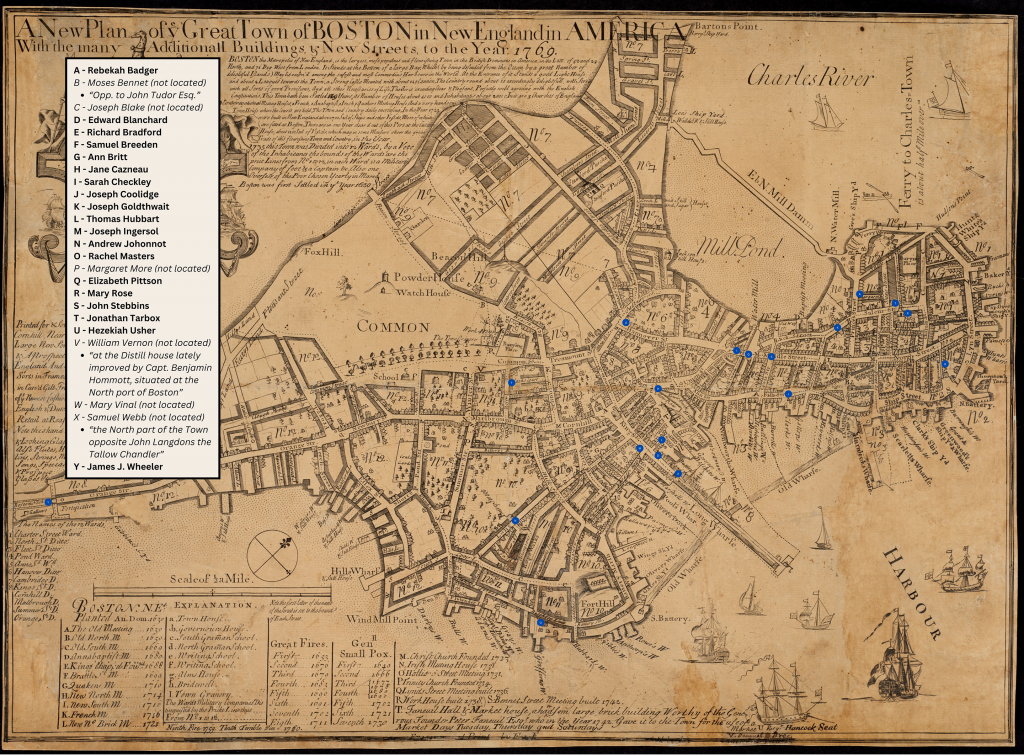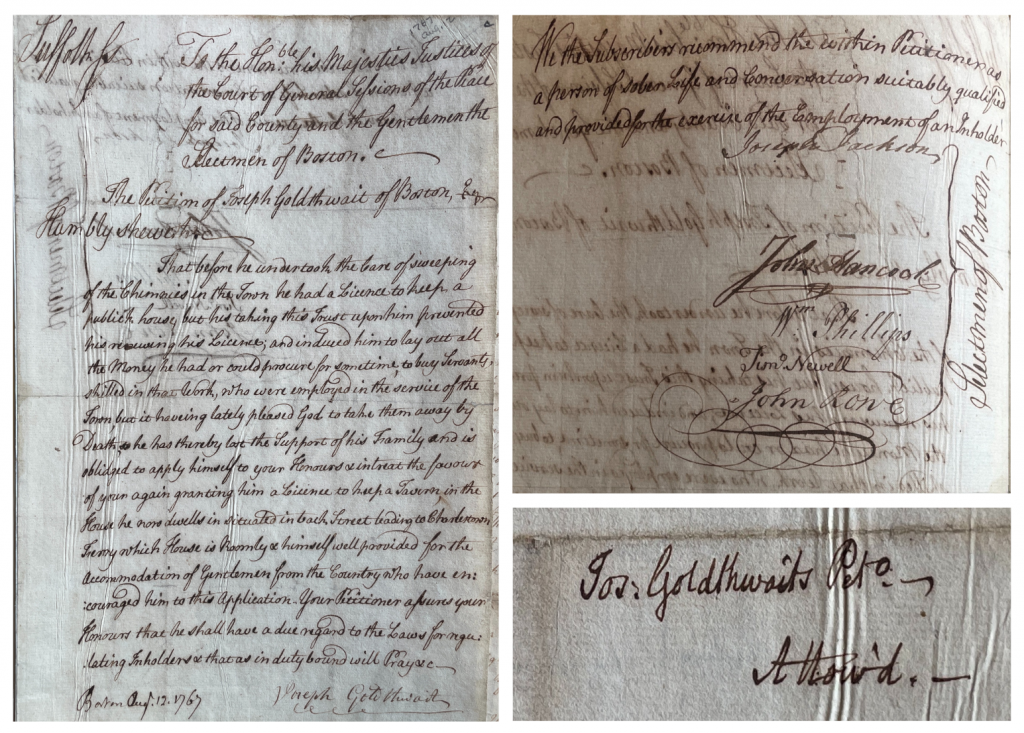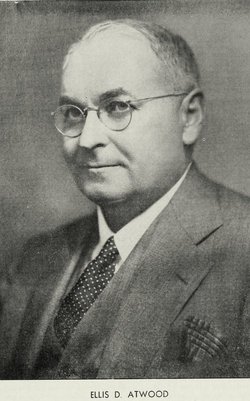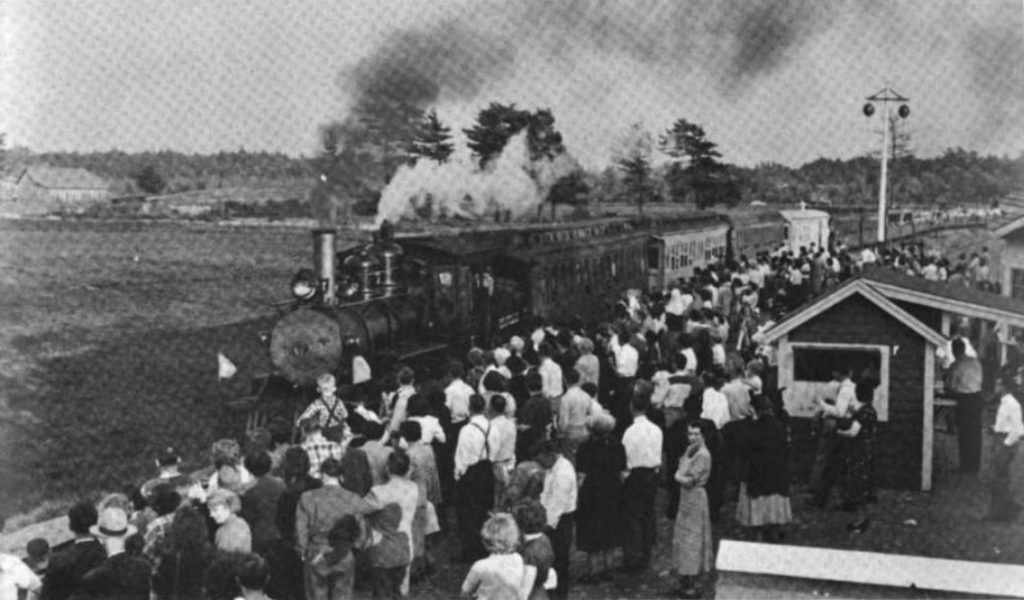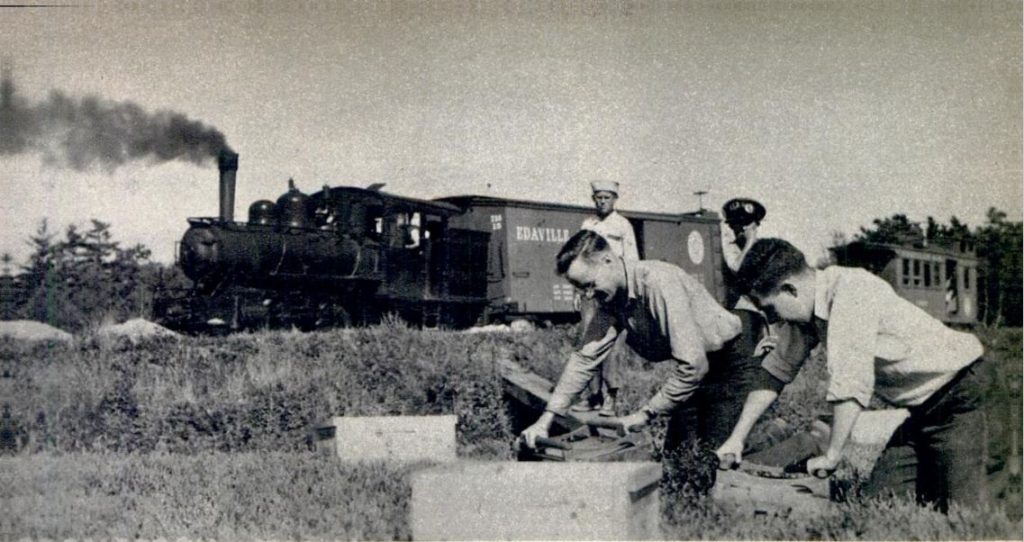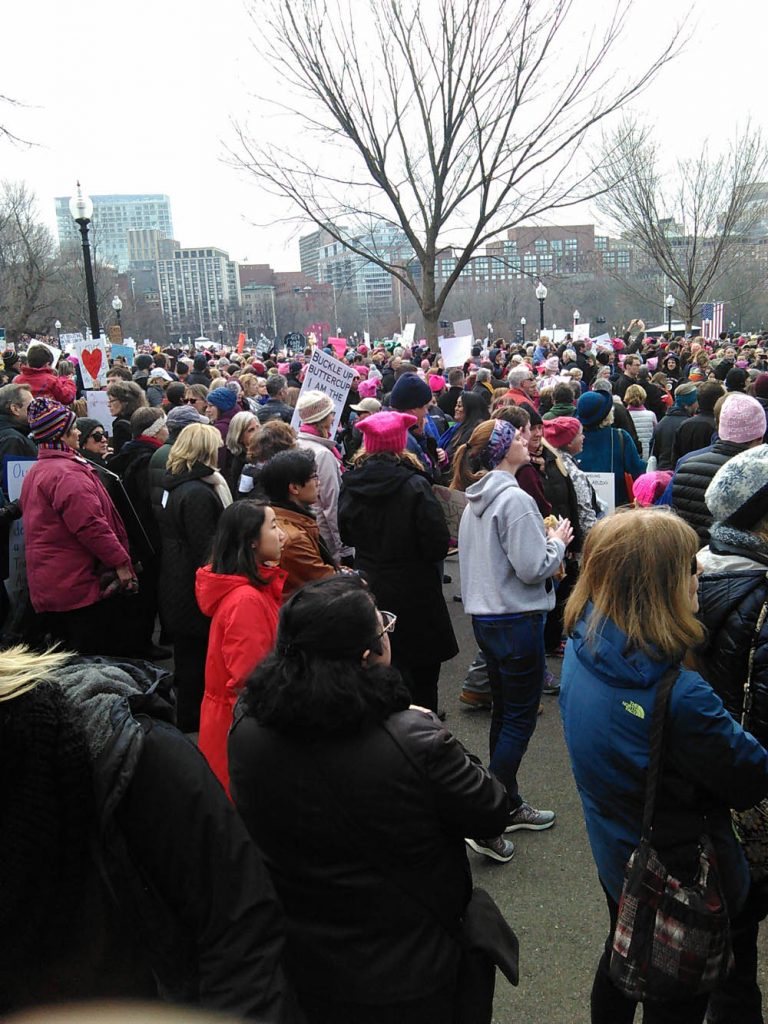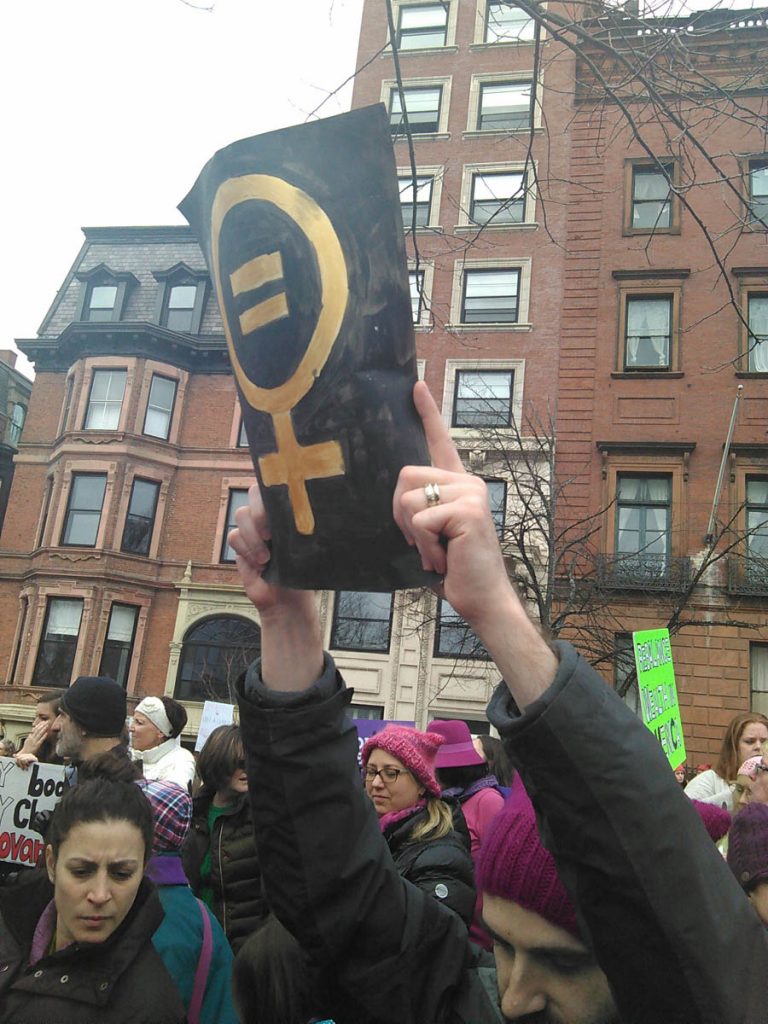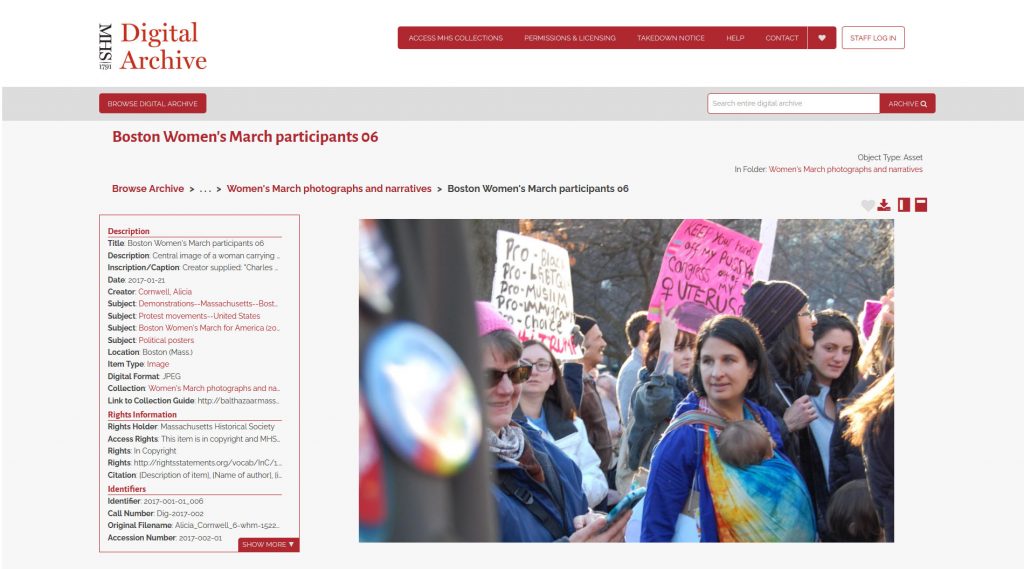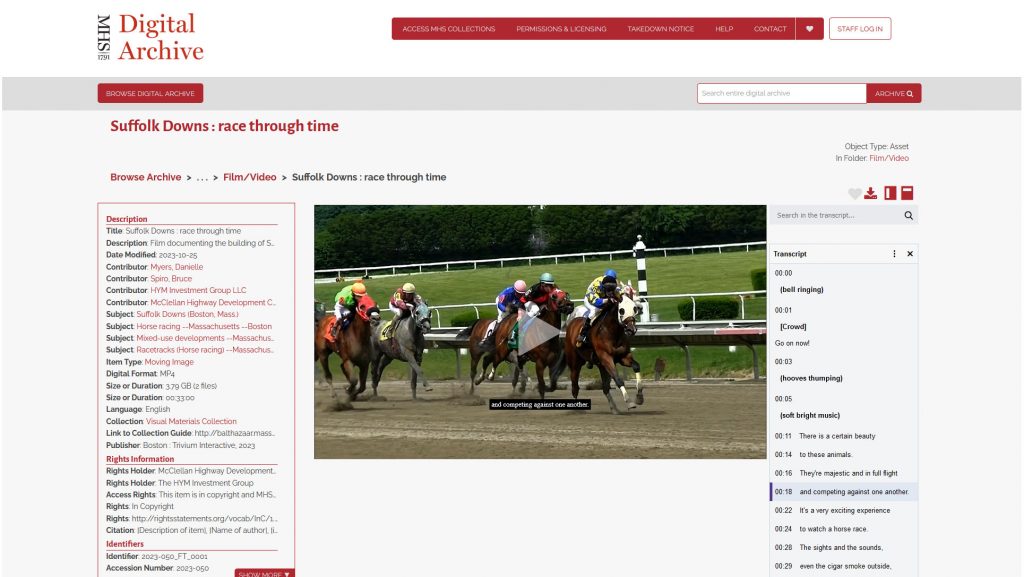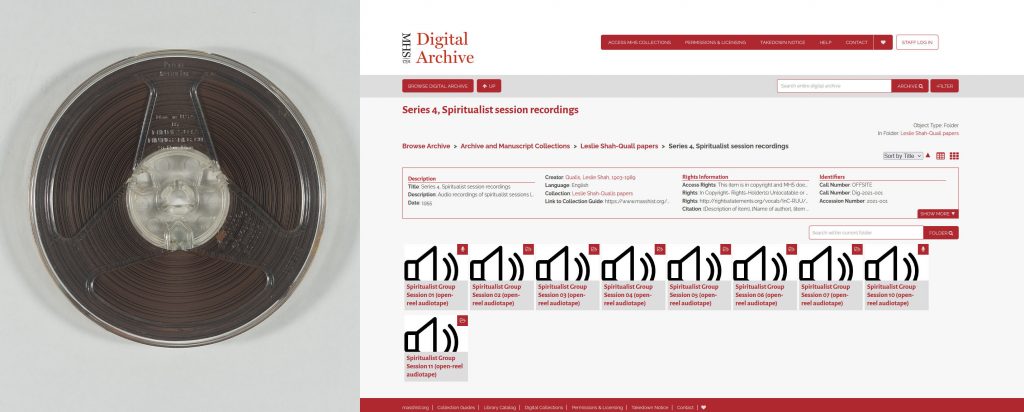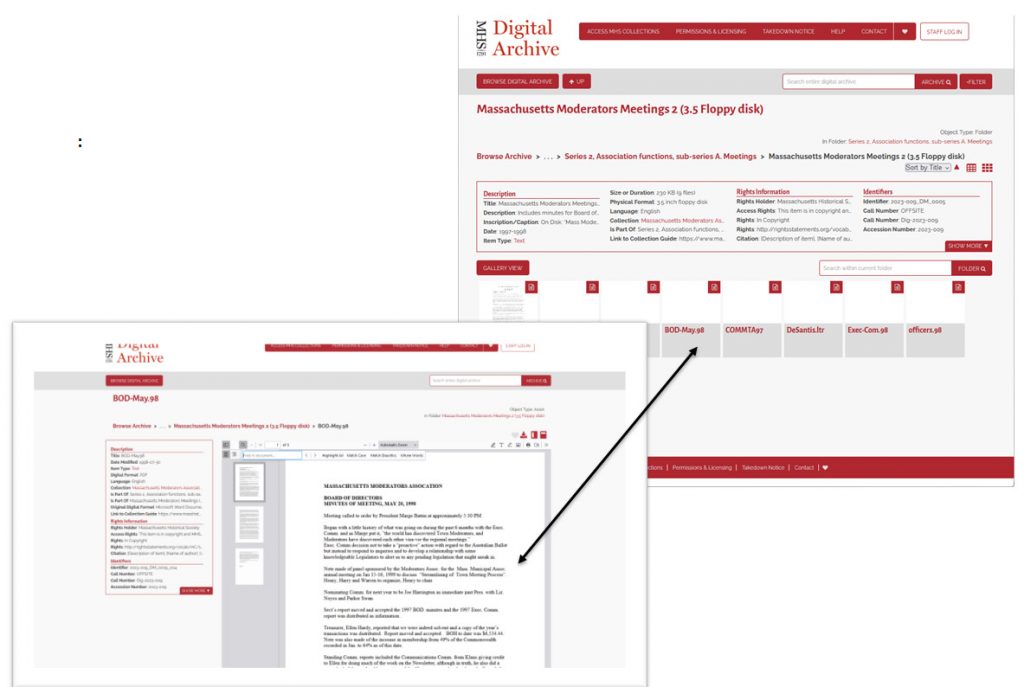By Vincent Calvagno, Adelphi University Honors College
In colonial New Hampshire, violence was a way of life. During the late seventeenth and early eighteenth centuries, the battles and raids of the Anglo-Wabanaki wars devastated the New England frontier, imperiling both the viability of English colonialism and the sovereignty of Indigenous groups. But while humans fought one another with guns and blades, an equally violent struggle pitted humans against the world around them. Even in times of peace, colonists scarred the environment by clearing fields, building roads, and damming rivers.
The relations of Jabez Fitch, a Portsmouth minister and self-styled historian, provide insight into the way these two types of violence—human and environmental—may have been connected. In his handwritten volume “A brief narrative of several things respecting the Province of New Hampshire” (ca. 1728-29), Fitch chronicled the history of his home province and describes its lifestyle. While Fitch extolled New Hampshire’s natural abundance, he lamented the incessant strife that he believed hindered its development.
Initially, colonists had settled in New Hampshire because of “The Commodiousness of the Harbour, the Convenience for Fishery, the Fertility of the Soil and the Plenty of good Timber.” Soon, however, the environment bore signs of overexploitation. In Exeter, “a Cluster of Saw-mills and Grist-mills” rose upon the town’s falls. Although Fitch hailed these mills as “a pleasant Sight,” they were part of a tremendously destructive process. By the late 1720s, Exeter’s residents had already begun to abandon logging because the local “Timber” had been “much glean’d.” Along the Piscataqua River, loggers were forced “to go several Miles into the Woods” for lumber because “the Trees that grew near” were “cut down.”
During the Anglo-Wabanaki wars, Indigenous warriors frustrated colonial logging operations by attacking lumber workers and burning mills. In 1707, at Oyster River, or present-day Durham, “while some were at work about Timber, and others driving the Team, a number of Indians fir’d on them.” According to Fitch, “they kill’d seven, and mortally wounded another.” In 1709, near Exeter, “A Party… surpriz’d several, as they were going to a Saw-mill” and took them prisoner. And in 1712, three miles above Oyster River, Indigenous raiders “burnt a Saw-mill, with a great many thousand of Boards.”
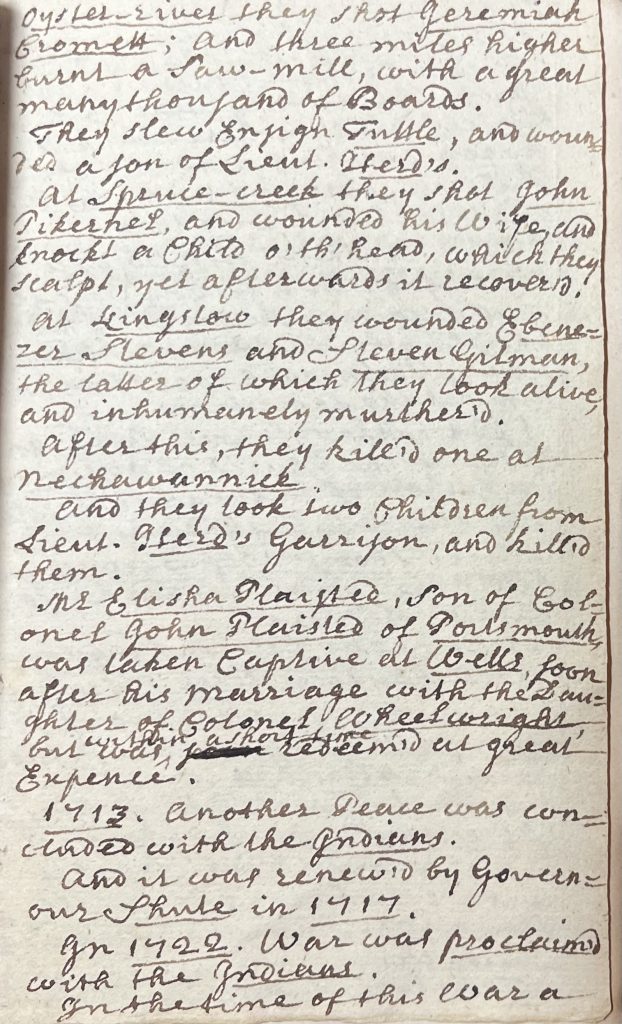
Recently, Lisa Brooks and Zachary Bennett have suggested that Wabanaki groups targeted mills in times of war due to the havoc they wrought on the environment. Fitch’s account of the Anglo-Wabanaki wars supports this conclusion. It took colonists just decades to raze ancient forests, but Indigenous resistance prevented them from destroying frontier ecosystems on an even greater scale. One wonders whether settlers lost more than they gained in the “Timber Trade.” “Indeed,” Fitch remarks, “where the Husbandry is neglected for the carrying on the Lumber Trade, whatever Profit others may reap by their Labours, the Persons themselves find no great Profit, when all accounts are cast up.”
Further Reading:
All quotations are from Jabez Fitch, “A brief narrative of several things respecting the Province of New Hampshire” (1728-29), held by the Massachusetts Historical Society.
Dates have been confirmed by reference to Jeremy Belknap, The History of New Hampshire, vol. 1 (1792), and extracts of the John Pike Diary (1673-1716).
For scholarly commentary on the Anglo-Wabanaki wars, see Lisa Brooks, Our Beloved Kin (2018) and Zachary Bennett, “Flowing Power” (2019).
For further scholarship on Wabanaki responses to English logging operations, see Thomas M. Wickman, Snowshoe Country (2018) and Strother E. Roberts, Colonial Ecology, Atlantic Economy (2019).


